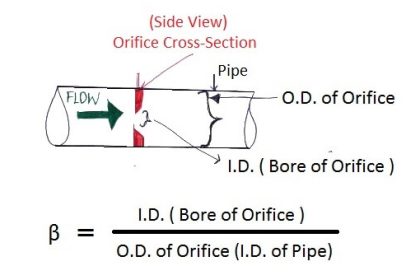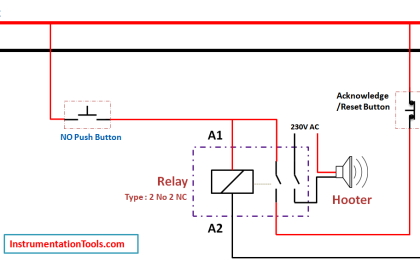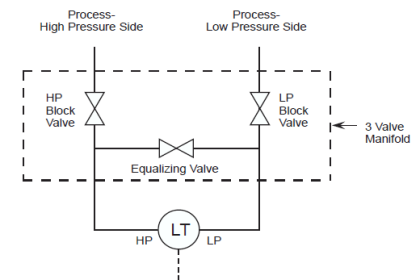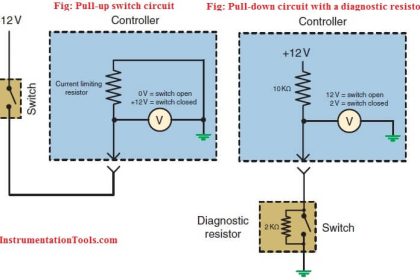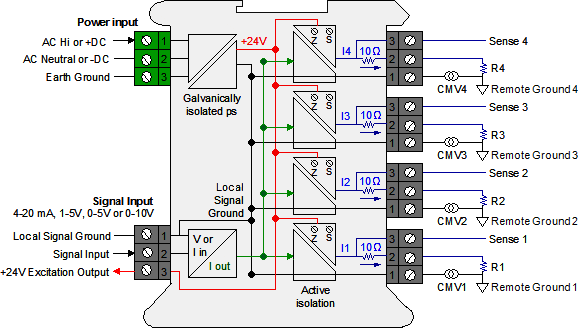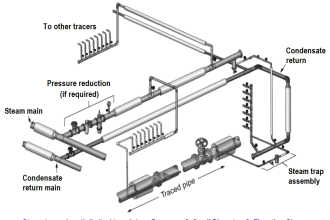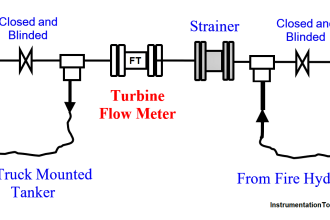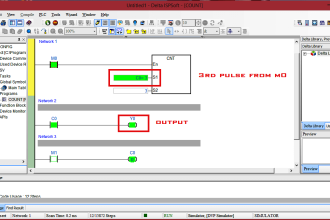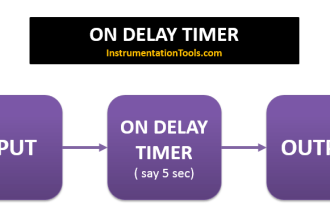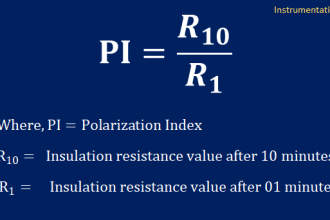Long before there were pressure transmitters, there were mechanical pressure gauges.
The concept of a curved Bourdon tube dates back to the mid 19th century and there are devices available today little removed from that time.
Gauges operate using a delicate mechanism with springs and gears, making them vulnerable to shock and damage.
Pressure Gauge
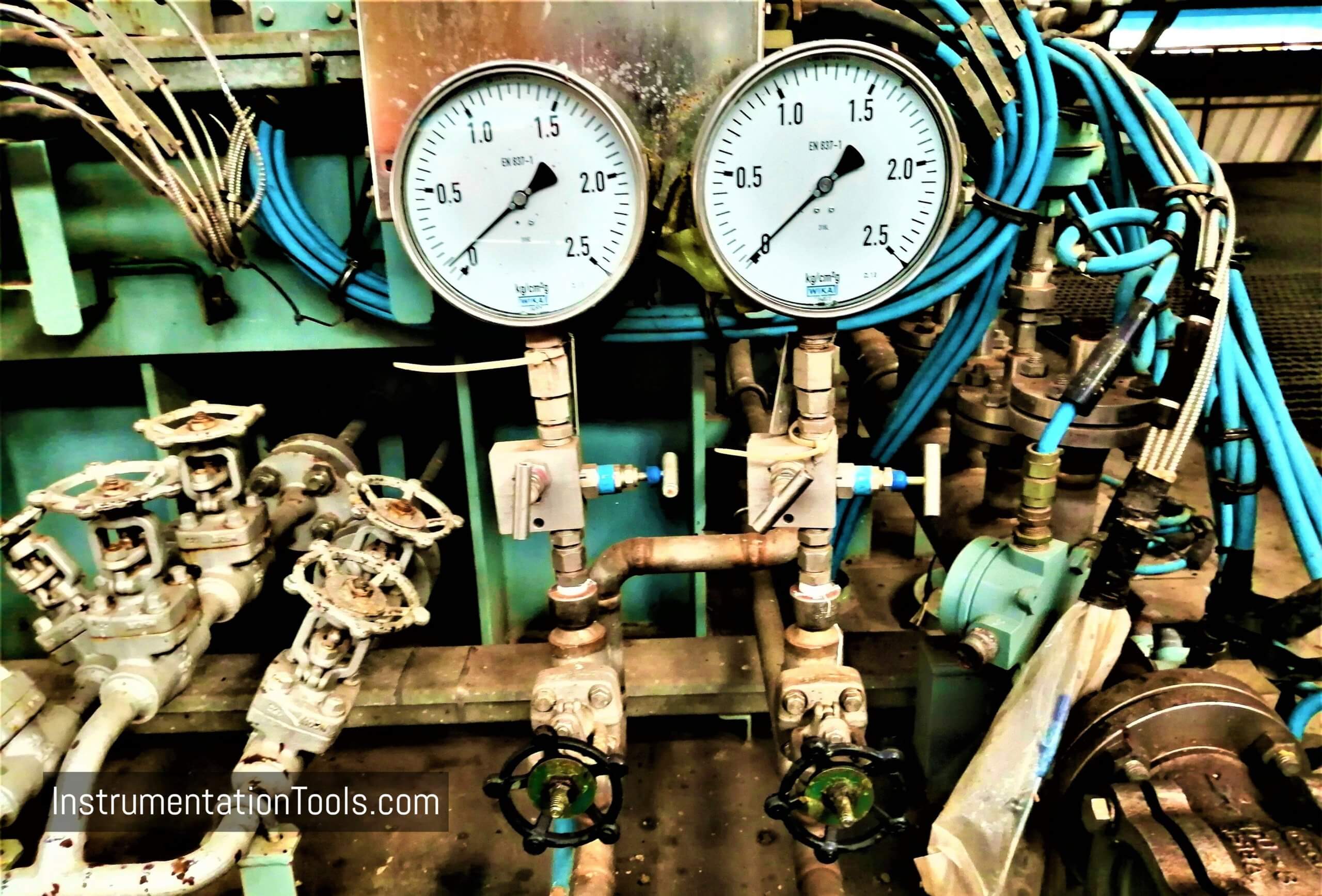
Most operators have seen typical failures including broken glass, bent indicator needles, or needles pointing straight down from broken gearing.
In many environments, pressure transmitters are considered disposable due to their low cost and frequent failures.
Gauge Problems
Numerous studies have shown that vibration is the main cause of pressure gauge failure in manufacturing facilities.
Vibration has a negative impact on gauge accuracy in two ways.
First, it is difficult to read the pointer on a dial when a gauge is vibrating.
Second, incremental damage to the pointer mechanism from vibration can eventually move a pointer off zero, producing inaccurate readings.
Vibration refers to the regular oscillation of mechanical parts. Pulsation, on the other hand, is regular instances of rapid pressure increases and decreases of the media.
A gauge that is incorrectly mounted or located too close to excessively hot system liquid/gas or components can have a discoloured dial or liquid case fill from the breakdown of the gauge components.
Elevated temperature stresses the pressure system and affects measurement accuracy by causing a strain on the metal Bourdon tube and other gauge components.
Selecting a gauge with a different temperature rating will better accommodate the possible range the system will see.
For extreme temperature applications choose a gauge with a diaphragm seal or a diaphragm seal with a cooling element.
Spikes occur when the pressure sharply increases and then suddenly drops. This condition can cause all sorts of problems for gauges not designed for this condition.
This situation is very similar to pressure spikes, but occurs when the gauge regularly measures pressures near or at the maximum range. We typically see this condition in water/wastewater treatment and gas lines.
Overpressure can cause the Bourdon tube to deform and split. This is major problem because a rupture allows caustic media, such as the hydrofluoric (HF) acid in alkylation units, to escape.
In pharmaceutical manufacturing, a rupture event ruins a very expensive product and leads to shutting down the line, quarantining the product, and re-sterilizing the process.
Many industries work with harsh chemicals: hydrofluoric acid in refineries, flocculants and chlorine in wastewater treatment, chlorinated gases in fiber optic production, and so on. These media find their way into gauges.
Clogging is an issue for paper plants, wastewater plants, pharmaceuticals, and other industries, as slurry, pulpy, viscous, and high-particulate media can gum up the system.
Gauges look sturdy, especially the larger process gauges, but they are not designed to be handles or footholds! During site visits, we often see evidence of gauge mistreatment.
Operators might grab on to a gauge as they move around process skids on wheels, or step on them as they climb scaffolding. Not only is this practice unsafe, it increases the chances of gauge damage and failure.
So, what is the use case for gauges? They are installed where a reading may be useful for occasional checking, troubleshooting, or maintenance.
Any critical output likely already has an instrument installed and connected to the host system. Gauges also serve a critical safety function by verifying the local process pressure when servicing equipment.
A gauge must be read by an operator, and given the few manual rounds performed these days, it may not be checked regularly.
Functionally, it has to provide a visual, local indication of the pressure. If it could also send the reading to a central location, such as the host system or maintenance shop, it could probably be useful there also.
An Alternative Way
Electronic gauges, including Wireless Pressure Gauge and Smart Pressure Gauge, combine the benefits of an electronic transmitter with the usefulness of a traditional mechanical design.
These gauges use a solid-state sensor rather than a Bourdon tube and process the signal electronically rather than mechanically.
The needle is driven by a tiny motor, so there is only one moving part, making the mechanism far more resistant to shocks, vibration, and other extreme operating conditions.
Eliminating the Bourdon tube removes a critical failure point. An electronic gauge has multiple barriers of process isolation versus a single process isolation with a Bourdon tube.
The overpressure tolerance of this electronic solution is also much higher. The added layers of isolation and overpressure capabilities mean there is far less potential for process fluid escape with an electronic gauge.
Using sophisticated electronics, these new gauges are also able to monitor their own status. There is no way to verify a mechanical gauge is working properly short of removing it from the process and testing, but a glance at an electronic gauge can show its operational status via an LED indicator.
For some applications, the most critical drawback of a traditional gauge is its inability to send information to an automation system.
This issue is addressed by the Wireless Pressure Gauge because it includes WirelessHART communication protocol which is able to send the pressure reading and status indications to the host system.
This is an optional function and can be used whenever necessary. This communication capability can be deployed in a sophisticated networking environment as the IIoT moves into more manufacturing applications.
Even if the wireless capability might not be needed today, it may be soon.
Interest to add any further points? Share with us through below comments section.
Read Next:
